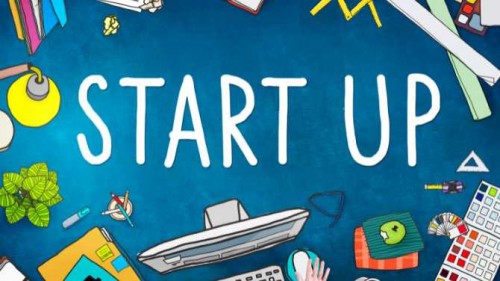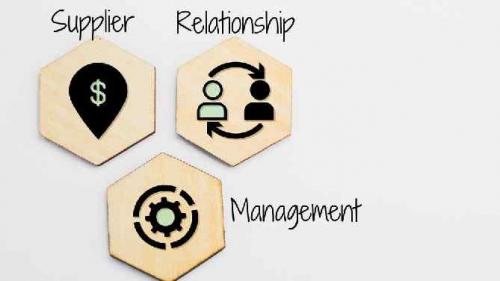Data science is defined as the combination of implementing different activities with the support of math, calculus, graphs, charts, programming languages, algorithms, codes and many more. It is part of science where it also requires knowledge about other fields like business or commerce. Data scientists are responsible to analyze the data, build predictive models and detect patterns and trends with the help of mathematical and statistical methods. Using programming languages and coding, data scientists can clean and modify the data and build and deploy the machine learning models.
Business requires data scientists to make their work easy and smart with the evaluation of the data. Thus, this course is a trending one and the b.tech artificial intelligence and data science colleges in Tamil Nadu provide where students can adapt, learn and achieve their goals.
This article tells you how data science processes and how to uncover patterns and insights for the business.
What is the data science process you should know?
The Data Science process has a few steps where you need to collect, clean, analyze, design, prepare and organize. Let’s discuss how businesses need to understand data insights.
1. How data is collected and cleaned?
Data collecting and cleaning is the foremost step in the data science process. There are various sources available to collect the data like databases, APIs, web scraping and so on. From where the data is collected and clean/remove the errors, irrelevance and inconsistencies, so you can acquire the data which you are looking to analyze.
2. Data Analysis:
This has to answer what you understand from the data collected. The data analysis process involves visualizing and briefing the information acquired that highlights the insights and draws the patterns. It is possible when you understand the stand and are able to detect the potential issues or causes that may reflect in the performance.
Data Analysis Techniques:
● AI, Man-made intelligence, is utilized to mechanize learning in machines utilizing past records and data. It's used to build statistical models that can use data to produce relevant results without much human intervention. The face recognition feature on smartphones is the best application of machine learning.
● The relationship between a set of variables can be determined with the assistance of regression analysis. It is used by data scientists to determine whether a dependent variable and one or more independent variables are correlated. Regression analysis can help you figure out how the independent variables affect the dependent variable.
● This, utilized alongside AI and other factual devices, is a strategy to foresee the probability of an occasion happening from here on out. This is used by businesses to accurately predict trends for the future and develop appropriate business strategies. You can recognize the necessary resources to make your showcasing efforts effective and draw in additional clients.
● The depiction of data using visual components, such as graphs, maps, charts, etc., is known as data visualization. It aids in improving your comprehension and trend analysis. The proper application of data visualization technologies can help a business develop significantly.
3. Designing the data:
This process needs to develop a predictive model from the data analysis where the data scientist has to select & transform into relevant features. Data scientists have to understand the business or goals to pick the features and use of statistical methods that can be formed into a model.
4. What is model training?
Using machine learning algorithms to learn from the data and make predictions is known as model training. The sort of model utilized relies upon the issue and the data accessible. This process involves neural networks, decision trees, and linear regression are all well-known machine-learning algorithms.
5. How to organize the designed data?
Once you develop and prepare the model, the next process is to integrate the model into the production environment where it is utilized to make a prediction on new data. In order to deploy the model effectively and safely, this step requires expertise in cloud computing and software engineering.
So, this data comes after predictive analysis can help the business to decide and pick the relevant solutions or find the other issues to continue with this process. So, for this you need to understand the concepts, so learn what are three components you need to learn as a data scientist.
Things you need to learn in data science:
Typically, a data science course consists of three parts which includes.
1. Machine learning:
Machine learning, which is primarily used to educate computers to learn and prepare them to adapt to changes in the environment, uses both mathematical models and algorithms. It is like, based on historical data trends, the computer can predict the outcomes for the following months or years. This program takes advantage of machine learning.
2. Big Data Analysis:
Every day, humans produce vast volumes of data in the form of clicks, orders, videos, photos, comments, articles, RSS Feeds, and other actions. Frequently referred to as big data, these are frequently unstructured data. Data analysis procedures refer to the various techniques for investigating a bunch of information.
3. Business Intelligence:
Every business produces far too much data each day. When properly evaluated and then displayed in graph-based visual presentations, this data may assist in bringing smart decisions to life. This can help management choose the best course of action by carefully reviewing the trends and data the reports indicate.
So, now if you choose to become a data scientist, data science is the right course for you. Ensure you are relevant in a discipline like mathematics, statistics, computer science, or any other quantitative subject for a graduate degree to enroll in this new course after schooling.









